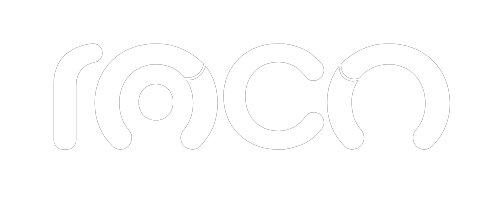
What people usually think about SEO, that it is something invariable, as it seems to be, is really not the case. Although Google's algorithms are based on the same principles, it has evolved over the years to better adapt to the behavior, thinking, needs and expectations of people on the internet.
This is why SEOs increasingly need to stay at the forefront and adapt to remain at the head of this highly competitive world for positioning on Google. One of the evolutions is semantic SEO. Experts say that very soon SEO will be 100% semantic. This is why I want to tell you what SEO writing is and what it consists of.
The evolution of SEO is linked to how we have changed the way we search on the Internet. Our searches before were more general and now they are much more specific, trying to find concise information. That is, we are speaking a more specific and natural language, with the idea of getting a quick, direct and accurate response.
Therefore, as its name indicates, semantic SEO is related to semantics, that is, to the part of linguistics that studies the meaning of language expressions. Thus, SEO will no longer be based on keywords alone, but will focus on the relationship and context between them.
Where it is already capable of interpreting the user's intention through synonyms and related words. For this, it takes into account other factors such as our search history on Google, our physical location, the device on which we access the search engine, etc. Significantly expanding the search to improve its results, trying to make a prediction of what we want.
You can better understand what was said above if you notice that when you put “who wrote Frankenstein” in the Google search engine, it will directly return a rich card in which it tells us, without having to enter any page, the name of Mary Shelley.
This is an example of a semantic search, where the searches offered by Google's knowledge graph collect all the contextual information that we provide to qualify and catalog it, to give the best results.
You must give meaning to the content of your web pages, so that Google knows what services you provide to users. For this, Rich snippets or rich fragments that refer to what is extracted from the pages will be very useful. the search results. That is, they add detailed information about web pages so that their content can be better catalogued.
Then the keywords will take a back seat, to give way to the content of the article, which should be natural. Since users no longer write like robots, but ask the search engine as if it were another person. Something that will grow more and more with the expansion of voice searches, which is why it is vital to adapt to these trends.
For this reason, we must pay greater attention to the use of gender variations, use of synonyms, idioms, verb conjugations or linguistic changes. Semantic SEO will analyze all of the above and also the relationship between paragraphs, links, article structure, semantic fields and abbreviations.
For this reason, if we have ambiguous words in our content, they must be clarified. As if we are talking about exercises, Google must know if it is something physical, or activities in English or other areas. For this, the use of related words can be useful, but always giving an appropriate context.
Through structured data, we point out the information on our website using labels that Google bots see, although users do not, in order to provide information about our content to these search engines, making their work easier.
It is through this structured data that Google will be able to generate the most accurate and relevant results, in addition to offering rich snippets that provide greater visibility of our content to increase the CTR (number of clicks that a link obtains with respect to its number of impressions). ). So in a cooking recipe, for example, there will not only be the recipe, but also the user rating and the featured image of the prepared dish.
After better understanding semantic SEO, you must put into practice how to follow the current trend in search engines, so that you can have the best position for your website and that will help you increase users on it. So, you can realize that at Auladig we remain at the forefront of the latest and improved strategies you need to achieve success in this digital revolution. You are not alone, we provide you with the best personalized advice.

Subscribe to our community and keep learning.

